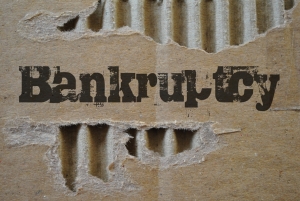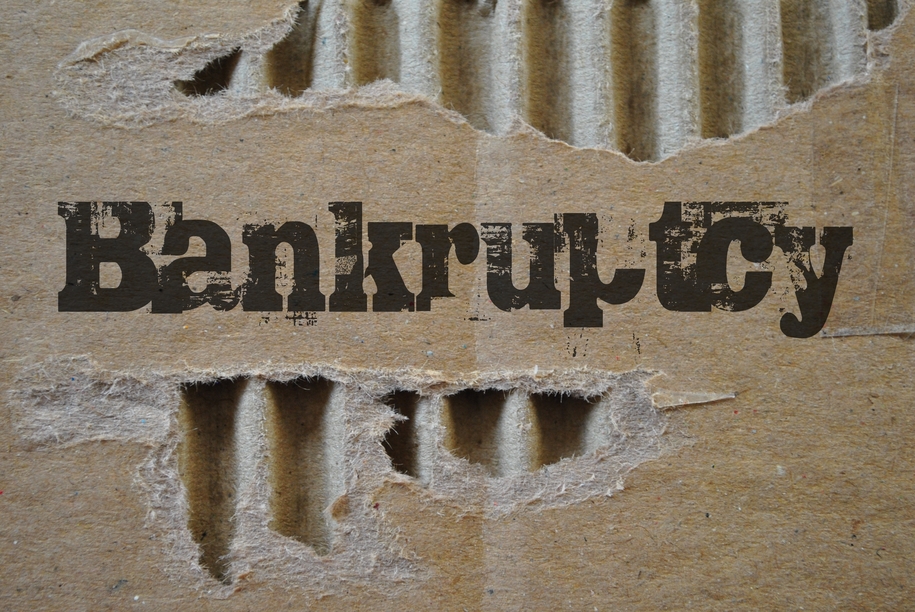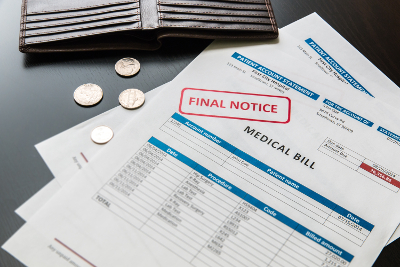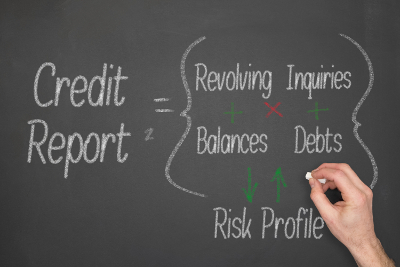Involuntary Bankruptcy in Arizona: What is it?
When going through financial hardships, you are given multiple options to choose among in order to address the situation. Bankruptcy is one of these options and you can pick it at your own free will. There are circumstances, however, in which the bankruptcy is not voluntary. Forced or involuntary bankruptcy in Arizona typically involves companies and it is not initiated by the debtor.
The Definition of Involuntary Bankruptcy
In the case of involuntary bankruptcies, the creditors will bring the debtor to the Arizona Bankruptcy Court.
In this case, the debtor will be forced to do the filing and to liquidate assets for the purpose of paying off debt. This aspect of involuntary bankruptcy seems to be counter-intuitive. After all, creditors are often the ones who oppose bankruptcy filings because they will get a smaller sum than what’s being owed through the discharge.
There are certain situations, however, in which a bankruptcy filing would be in the creditor’s best interest. Whenever a company has stopped making loan payments, for example, but it has assets, forced liquidation would be the best case scenario for creditors.
A creditor or multiple creditors have to file a petition with court in order to initiate the process. The debtor will be provided with 20 days from that date to respond. If they fail doing so, the bankruptcy proceedings will go into effect. When the debtor objects, the court will examine the situation. Depending on the circumstances, the forced bankruptcy could eventually be dismissed by the court.
Involuntary Bankruptcy Filing Terms and Conditions
Creditors need to satisfy certain conditions in order to initiate the filing of involuntary bankruptcy in Arizona. The most important ones include:
- When a debtor owes money to 12 or more creditors, all of them have to agree to the forced bankruptcy
- When a debtor has fewer than 12 creditors, only one of them could initiate the procedure
- Involuntary bankruptcy can occur only under Chapter 7 and Chapter 11, a forced Chapter 13 bankruptcy is not legally feasible
- The debtor has to be eligible for the respective bankruptcy filing
- The amount of debt and the type have to meet the requirements for inclusion in a bankruptcy case
Usually, forced bankruptcy proceedings are initiated against companies. While there is no restriction for the application of the procedure to individuals, Arizona residents are rarely subjected to forced bankruptcy. There is a simple reason why – individual Arizona residents usually have limited assets in comparison to companies. Thus, it would not be financially profitable for a creditor to push for bankruptcy under such circumstances.
How Can Involuntary Bankruptcies Be Challenged?
As already mentioned, debtors have 20 days to respond to an involuntary bankruptcy filing and to challenge it.
 In order to challenge the proceedings successfully, debtors have to show the court sufficient cause why the bankruptcy shouldn’t move forward. One of the easiest ways to challenge the procedure is to demonstrate that the debtor does not have enough assets to pay off their debt via bankruptcy liquidation.
In order to challenge the proceedings successfully, debtors have to show the court sufficient cause why the bankruptcy shouldn’t move forward. One of the easiest ways to challenge the procedure is to demonstrate that the debtor does not have enough assets to pay off their debt via bankruptcy liquidation.
An experienced attorney can also challenge the forced bankruptcy on the grounds of one of the conditions not being met. If the court does not agree with the objection, an order for relief will be entered and the company/individual will be placed into bankruptcy immediately. An automatic stay will also come into effect at that time, preventing further debt collection efforts on behalf of the creditors.
If, however, the court determines that the involuntary bankruptcy petition was filed in bad faith, the creditors that initiated the process may be held liable for damages that the filing contributed to. In addition, they will have to cover the legal costs of the procedure. On occasions, punitive damages may also be awarded.




